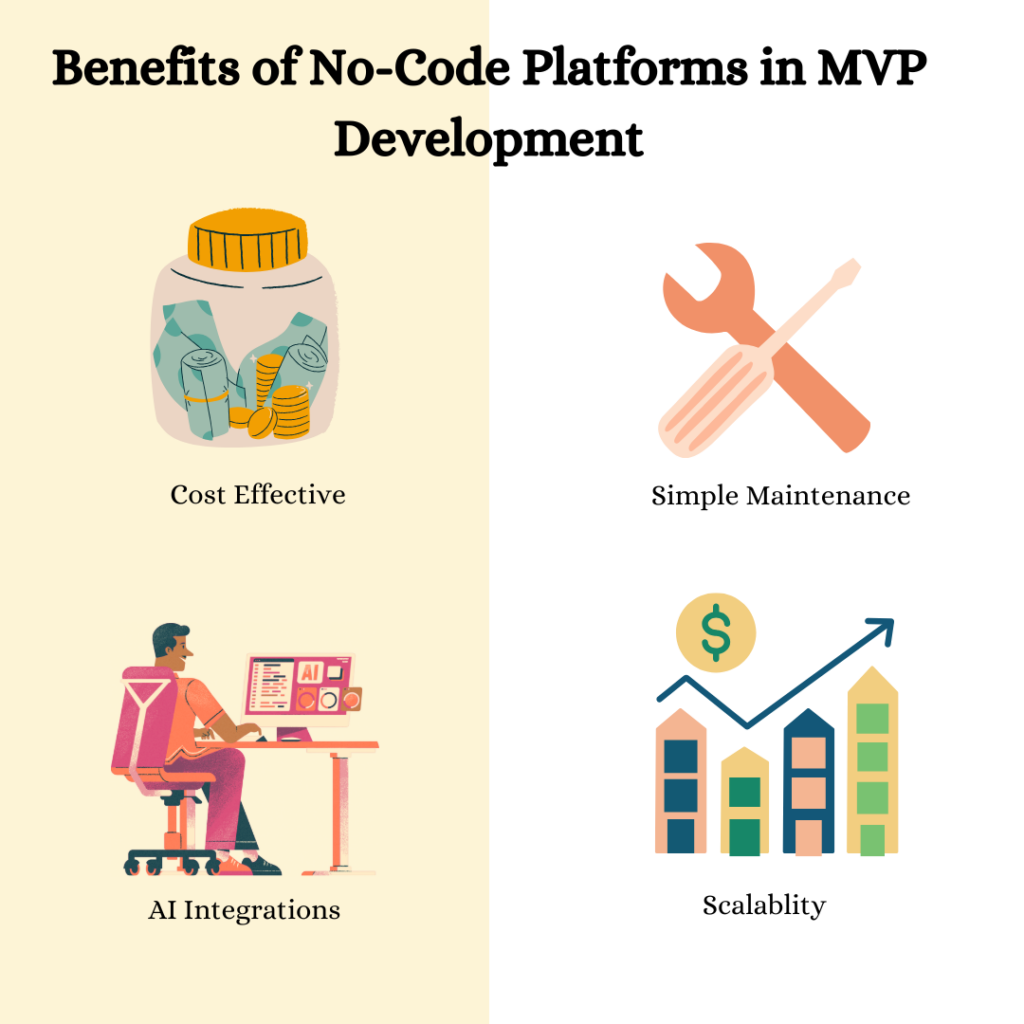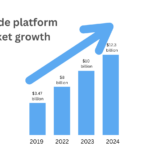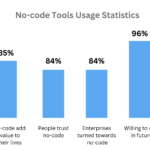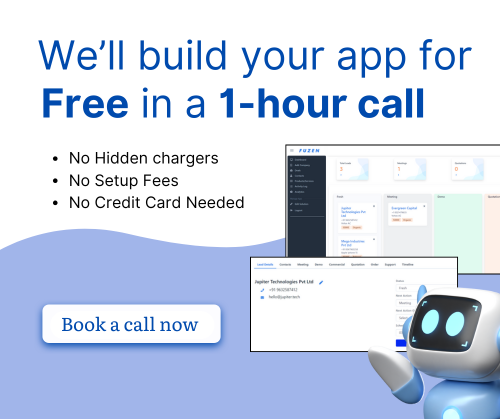Introduction to Minimum Viable Product Development
The concept of a Minimum Viable Product (MVP) is a game-changer in the world of software development.
Simply put, an MVP is the most basic version of a product that is up and running with just enough features to satisfy early customers while still providing valuable insights for future development. Look at these successful examples for reference.
Think of it as the "most viable product" that's ready to be shared with early adopters. It's a way for businesses to test assumptions, gather user feedback, and make improvements without investing too much time or resources upfront.
In a business context, the minimum viable product meaning revolves around minimizing risks and optimizing the learning process by engaging real users sooner.
No-code platforms, like Fuzen.io, play a crucial role in streamlining the development of an MVP. Fuzen.io allows teams to quickly create and iterate their MVPs, using powerful tools that cut down software development costs by a whopping 80%.
This means businesses can bring their vision to life without expensive monthly or yearly subscriptions, keeping their initial investments low and manageable.
Understanding the Minimum Viable Product Concept
When you're diving into product development, understanding the concept of a Minimum Viable Product (MVP) is crucial. The MVP is not just another jargon term. It is a strategy that helps you test and validate your ideas with minimal effort and cost. Implementing an MVP allows you to introduce your product to market with just enough features to satisfy early adopters. But why is it so important?
A minimum viable product lets you learn about your customers’ needs without exhausting resources. Think of it as a sandbox for experimentation, where you can iteratively improve the product based on real user feedback. It's a tool to understand what works and what doesn't, helping you shape the final product effectively.
But how should MVPs be structured to yield success? It starts by identifying the core problem your product addresses. From there, focus on the key features that solve this problem. Avoid fluff. Your minimum viable product should provide just enough value to attract early users and collect insights. It's about balance and prioritization.
Common interpretations of the MVP concept sometimes vary, often leading to misconceptions. Some equate MVP to a 'Most Viable Product', expecting it to be fully finished. Instead, think of MVP as a'minimum'' product that’s viable to test assumptions. Distil the essence of your product and get it in the hands of real users to truly master the MVP approach.
The Step-by-Step Guide to Developing a Minimum Viable Product
Step 1: Ideation and Market Research
Before diving into development, start with ideation and market research. Think about who your target market is. Understand their needs and pain points. This step is crucial to ensuring your product addresses real problems.
Generating ideas doesn't need to be difficult. You can use brainstorming sessions, customer interviews, and competitor analysis. Validate your ideas with minimal resources. This could be through surveys or focus groups. It's all about ensuring there's a need for your product.
Step 2: Define Your MVP Features
Once you identify your market, define the features of your MVP. It's tempting to add a lot of features, but focus on what's essential. Think about the core functionality that will satisfy early users. The goal is to build something usable with minimum effort and cost.
Balancing is key here. You want your product to have enough functionality to attract users, but keep it simple. It's about testing what's necessary for user satisfaction without overloading the project.
Step 3: Use No-Code Tools for Development
Here is where Fuzen.io comes in handy. No-code tools are game changers in MVP development. Fuzen's platform speeds up development and is cost-effective. You can save up to 80% in software development costs with Fuzen. This means you can avoid high costs usually associated with traditional software development.
Fuzen also helps you avoid expensive SaaS subscriptions. By building your app, you're only paying for hosting. And with Fuzen, that cost is minimal or sometimes free. It's perfect for startups and small businesses looking to validate their ideas without heavy financial commitment.
Benefits of No-Code Platforms in Minimum Viable Product Development
No-code platforms are changing the game for Minimum Viable Product (MVP) development. One standout in this space is Fuzen.io. Let's explore why it's an excellent choice for building your MVP.
- Simple Maintenance: Fuzen uses intuitive no-code tools that make app maintenance a breeze. Forget about hiring expensive developers for every small update. You'll find it easy to manage your app yourself.
- Scalability: Building an MVP is just the beginning. As your app grows, you want to ensure it scales without hiccups. Fuzen provides seamless scaling options. Thanks to its code editors, your app can handle increasing traffic and functionality with ease.
- Strong AI Integrations: Want to add some customization? Fuzen's powerful AI integrations let you enhance your MVP using simple prompts. This adds an extra layer of personalization without complicating the build process.
- Cost-Effective: One of the standout benefits of using Fuzen for MVP development is the cost. You only pay for hosting. That means no hefty upfront costs or recurring software fees. It makes Fuzen an attractive and budget-friendly option for startups and entrepreneurs.
With Fuzen, you're not just building an MVP; you're creating a scalable, maintainable, and customizable app without breaking the bank. It's a pathway to create something promising while keeping things simple and affordable.

Testing and Collecting Feedback
Testing your Minimum Viable Product (MVP) with real users is a crucial step in the software development process. It's not just about finding bugs. It's about understanding how your product fits into the lives of your users. When you test with real users, you gather insights that are invaluable.
Think of your MVP as a rough sketch. Users can help you refine that sketch into a masterpiece. Here's how you can make the most of testing and feedback:
- Invite a diverse group of users to test your product. A variety of perspectives can highlight different aspects of your MVP.
- Observe how users interact with your product. It can reveal pain points and areas of improvement that you might not anticipate.
- Ask for honest, specific feedback. Questions like "What did you find difficult?" or "What did you like the most?" are great starting points.
- Use both qualitative and quantitative data. Numbers are powerful, but personal insights can tell a deeper story.
But gathering feedback is only half the battle. You must also act on it. Here's how you can incorporate user feedback into future iterations:
- Identify common themes in the feedback. This helps you prioritize changes and improvements.
- Involve your development team in discussing user feedback. Collaboration can lead to innovative solutions.
- Keep an iterative process. Implement improvements, test again, and continuously refine your product.
- Communicate changes to your users. Let them know their feedback was pivotal in making enhancements.
Remember, the more feedback you collect, the more you can refine your MVP. Strive for continuous improvement based on what your users need and value.
Iterating on Your Minimum Viable Product
Once you've launched your Minimum Viable Product (MVP), the next big step is improving it. Iteration is key. Here's how to do it with Fuzen.io.
Prioritize Improvements Based on User Feedback and Market Trends
- Collect feedback from your users. Listen to what they love and what they struggle with.
- Analyze their feedback. Look for patterns and areas that need attention.
- Stay updated with market trends. This helps you understand where your industry is headed.
- Combine this knowledge. Prioritize updates that align with customer needs and market growth.
Scale Your Minimum Viable Product with Fuzen.io's Tools
So you've got feedback and know what to fix. Now, let's talk about scaling your MVP using Fuzen.io tools:
- Utilize Fuzen’s nocode tools. They're fast and save you money on development costs.
- Explore AI integrations. Customize your app simply by using prompts.
- Benefit from easy maintenance. Fuzen makes it simple to keep your app running smoothly.
- Don't worry about scalability. Fuzen’s robust code editors ensure your app can grow with your needs.
With Fuzen, all you really need to focus on is hosting. You can continue developing your app with minimal cost, or sometimes even for free!
Conclusion
The MVP approach is crucial in minimizing risks and costs in software development. It allows you to test your idea with minimal resources and make necessary iterations.
Fuzen.io makes MVP development efficient and effective. You'll spend less with their nocode tools and Gen AI. Why not save 80% on software development costs?
Start your MVP journey today. Use Fuzen's nocode tools to bring your ideas to life without hefty SaaS subscriptions. Go ahead, make your app real!

Pushkar is a seasoned SaaS entrepreneur. A graduate from IIT Bombay, Pushkar has been building and scaling SaaS / micro SaaS ventures since early 2010s. When he witnesses the struggle of non technical micro SaaS entrepreneurs first hand, he decided to build Fuzen as a nocode solution to help these micro SaaS builders.



